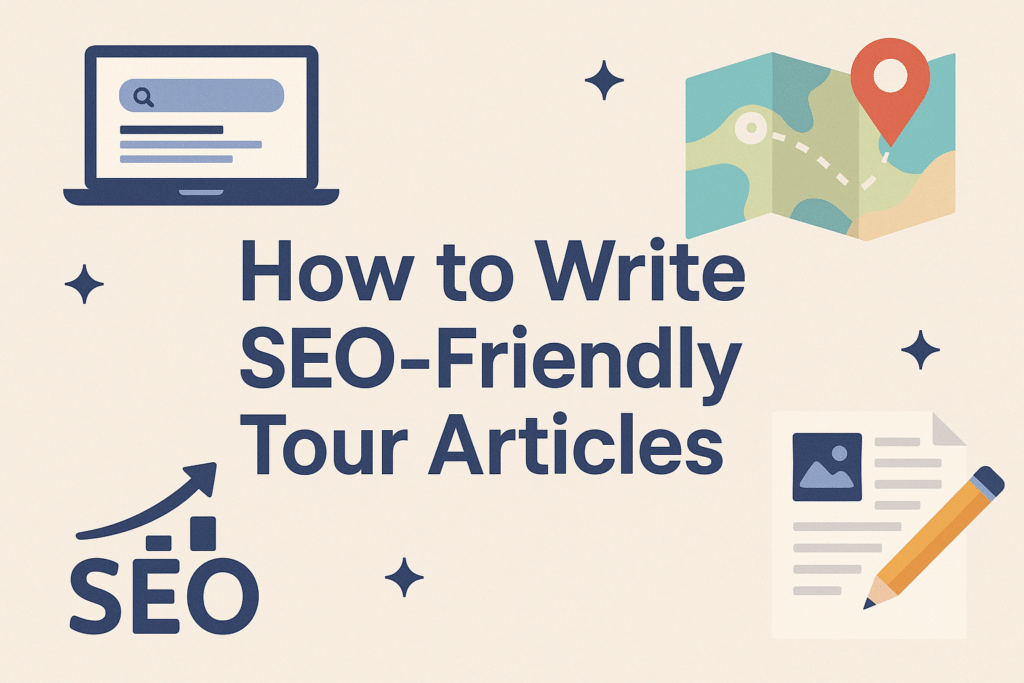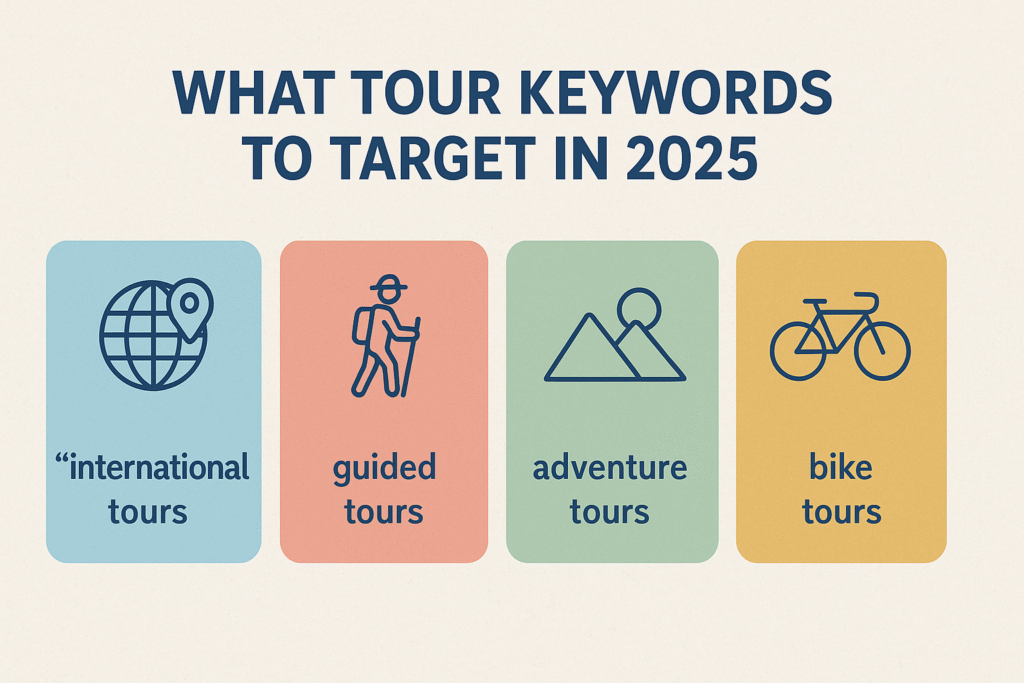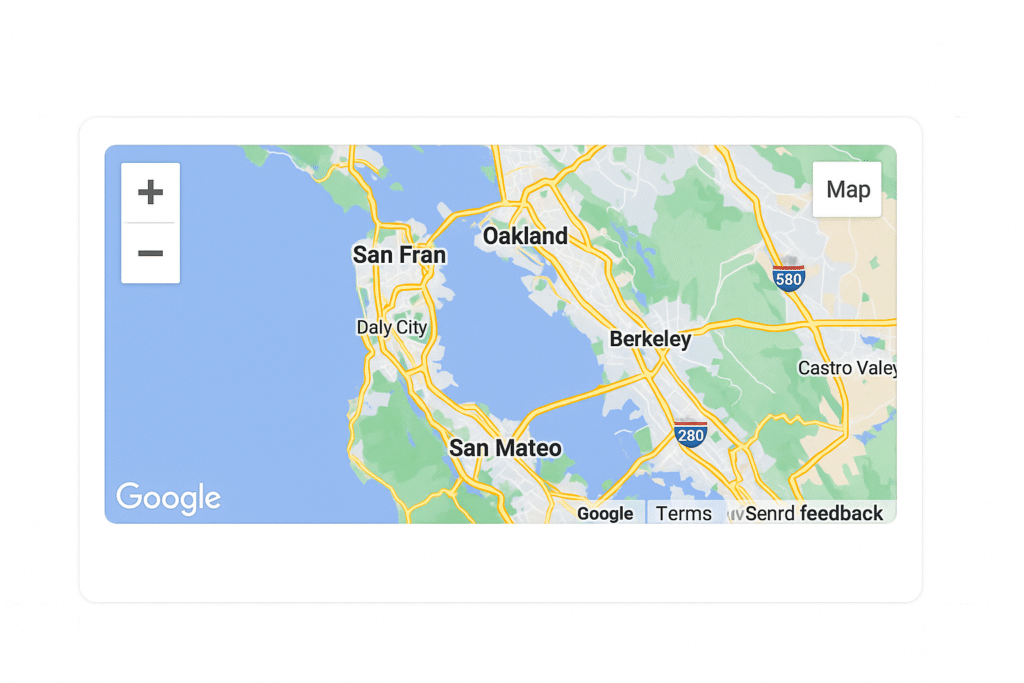✍️ How to Write SEO-Friendly Tour Articles – A 2025 Guide for Travel Businesses
Want your travel content to rank and convert? Learn how to write SEO-friendly tour articles that drive traffic, engage readers, and boost bookings. From TheIndiaTourism.in.
🧭 Introduction: From Storytelling to Search Ranking
If you run a travel website like TheIndiaTourism.in, your blogs and tour pages shouldn’t just look good—they should rank well and sell well. In 2025, writing SEO-friendly tour articles is the secret to staying on Google’s first page and driving free, organic traffic that turns into bookings.
Here’s a complete guide on how to write SEO-friendly tour articles using the best practices for structure, keyword usage, and Rank Math SEO.
📋 1. Choose a Specific Focus Keyword
Start with a clear focus keyword that travelers are actually searching for.
📌 Examples:
-
"2-day Gangasagar tour itinerary" -
"Weekend getaways from Kolkata" -
"Best time to visit Mandarmani"
✅ Use tools like Google Trends, Ubersuggest, or AnswerThePublic to validate keyword popularity.
🧱 2. Use a Proven Blog Structure
Structure your article for Google and human readers:
| Section | Purpose |
|---|---|
| SEO Title | Use keyword + number + power word |
| Meta Description | Summarize with keyword + CTA |
| URL Slug | Short and keyword-rich |
| Intro (First 10%) | Use focus keyword early |
| Subheadings (H2, H3) | Insert related/long-tail keywords |
| Internal Links | Link to your other tour pages/articles |
| FAQ (Schema Optimized) | Helps Google rank in “People also ask” box |
| Conclusion + CTA | Prompt booking, inquiry, or read more |
✅ Use Rank Math to check all criteria before publishing.
✍️ 3. Write for Travelers, Not Just Search Engines
Your tone should be:
-
Friendly but informative
-
Clear and structured (use bullet points, tables)
-
Helpful with real tips (distances, cost, duration, best time)
📌 Example from TheIndiaTourism.in:
“From Kolkata, Gangasagar is just 110 km away—travel time is 5–6 hours by private car and ferry. Our guided package includes hotel pickup, ferry tickets, and temple assistance.”
🔁 4. Optimize with Rank Math SEO Plugin
Make sure each article shows green signals in Rank Math:
✅ Must-have on-page elements:
-
Focus keyword in Title, Meta, URL, H2
-
Content length: 600–2500 words
-
Keyword density: ~1%
-
Power words and numbers in title
-
Internal/external links
-
Image ALT text with keyword
-
FAQ block (Rank Math supports FAQ schema)
🔍 5. Use Internal Links to Your Services
Guide readers to your booking services and other content.
📌 Example:
🧠 6. Add a Power-Driven Call-to-Action (CTA)
Every article should end with a clear next step:
-
📞 “Call now to book your tour”
-
🧭 “Explore our complete travel packages”
-
💬 “WhatsApp us for instant quote: 9650747276”
🖼️ 7. Use Quality Images with ALT Tags
-
Add original or royalty-free images
-
Compress for speed (TinyPNG or WebP format)
-
Add descriptive ALT text with your keywords
📷 Example ALT text: "Kapil Muni Temple Gangasagar sunrise view"
❓FAQs: How to Write SEO-Friendly Tour Articles
How long should a tour article be?
Minimum 600 words, ideally 1200–1800 words for in-depth content.
Can I write tour blogs in regional languages?
Yes! Hindi, Bengali, Tamil articles are great for local SEO in India.
Is Rank Math better than Yoast for tour blogs?
Yes. Rank Math offers more features like schema blocks, multiple keywords, and SEO scoring, making it ideal for travel websites.
🌼 Conclusion: Let Google Find You Before the Traveler Does
Writing SEO-friendly tour articles is not optional—it’s essential. With the right keyword targeting, structure, and on-page SEO using Rank Math, you can rank high, drive traffic, and turn readers into repeat clients. At TheIndiaTourism.in, we use these very techniques to power up our visibility and reach more travelers like never before.
Tour content SEO guide, Travel blog writing tips, SEO for tour websites, Rank Math travel SEO, TheIndiaTourism.in


